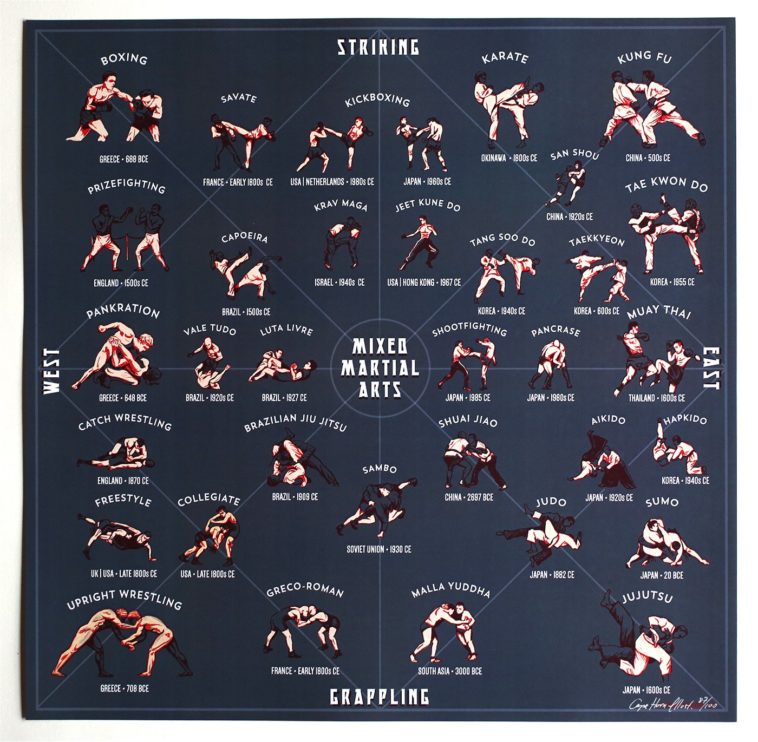Discover The Keys Behind Karate, Taekwondo, And More! Unveil The Surprise World Of Fighting Styles Styles In This Ultimate Overview
Discover The Keys Behind Karate, Taekwondo, And More! Unveil The Surprise World Of Fighting Styles Styles In This Ultimate Overview
Blog Article
Web Content Develop By-Stender Haastrup
Are you tired of feeling bewildered by the vast world of fighting styles? With a lot of styles to choose from, it can be very easy to obtain shed in a sea of punches, kicks, and mysterious names. Yet what are the martial arts belt order not!
This conversation will certainly debunk the different martial arts designs, taking you on a journey from the effective strikes of Karate to the dynamic kicks of Taekwondo. Get what is kajukenbo martial arts to uncover the origins, techniques, and philosophies behind these ancient art kinds.
So, tighten your belt and prepare to embark on an informing expedition right into the exciting world of martial arts.
Origins of Martial Arts Styles
The beginnings of martial arts styles can be traced back to old worlds and their requirement for protection and combat methods. Throughout background, various cultures created their very own distinct techniques of combating, each with its very own collection of techniques and approaches.
In China, for example, martial arts styles such as Martial art and Tai Chi were established as a means of protection and boosting physical and mental well-being.
In Japan, the samurai warriors produced designs like Martial arts and Judo, concentrating on discipline, precision, and mastery of the body.
Similarly, in Korea, Taekwondo emerged as a fighting style stressing high kicks, fast activities, and mental determination.
These early human beings laid the structure for the diverse selection of martial arts styles that exist today, each with its own rich history and social significance.
Methods and Educating Techniques
To understand fighting styles designs, professionals must discover numerous methods and training techniques.
see this page are the details motions and activities made use of in battle, such as punches, kicks, tosses, and obstructs. Various martial arts designs have their own distinct set of techniques that practitioners should grasp via strenuous training.
Educating approaches differ depending upon the style, but they usually involve a combination of physical fitness, drills, competing, and types.
Physical fitness is critical to build toughness, adaptability, and endurance. Drills help practitioners refine their techniques and improve their speed and precision.
Competing permits experts to exercise their strategies in a managed, realistic atmosphere. Kinds, likewise referred to as kata, are cut-and-dried series of motions that assist experts create muscle mass memory and focus.
Viewpoints and Principles
Discovering the philosophies and concepts of fighting styles designs can supply you with a deeper understanding of your selected self-control. Each fighting style has its very own one-of-a-kind philosophy and collection of assisting concepts that shape the means it's exercised.
For instance, Karate highlights self-control, respect, and self-control. It educates specialists to concentrate their body and minds, allowing them to safeguard themselves while keeping a feeling of internal peace.
On the other hand, Taekwondo puts a solid emphasis on speed, agility, and adaptability. Its principles are rooted in the tenets of politeness, stability, willpower, self-control, and indomitable spirit.
Verdict
Now that you've checked out the beginnings, methods, and approaches of different fighting styles designs, you have a deeper understanding of these ancient techniques.
Visualize a young karate student, practicing with steadfast decision and emphasis, breaking through boards with an effective strike.
Their journey showcases the devotion and toughness required to grasp a martial art, reminding us that with self-control and perseverance, anything is possible.
